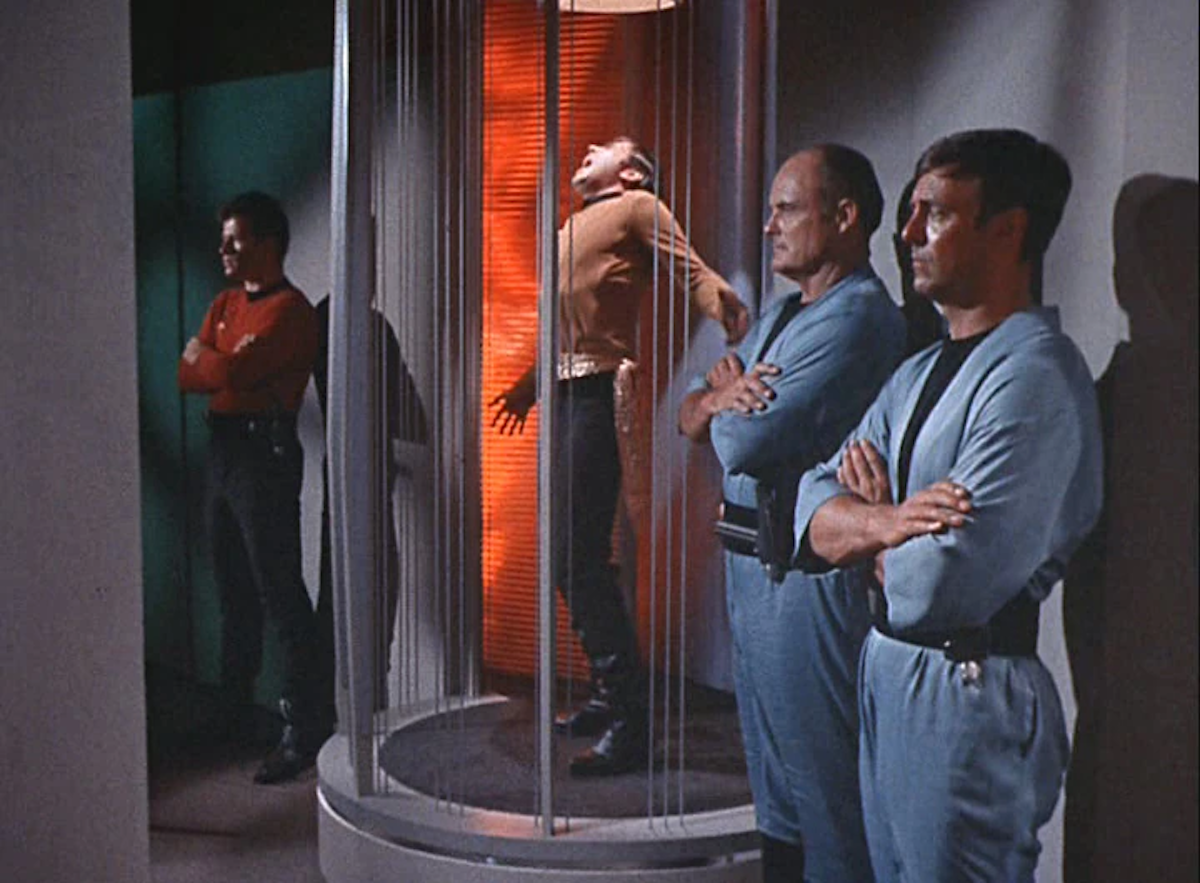If you disagree, ask yourself this question, “Does your Scrum Team have user stories that rollover from one Sprint to another?” If your answer is, “Yes, frequently!”, then read on, this tune-up is for you!
Scrum works best when cross-functional Scrum Teams have thoughtful conversations about design, testing, acceptance criteria, dependencies and risks. Since Developers are the technical experts, it is important for them to reserve time to identify what engineering tasks need to be completed, who will do them and have a rough idea how those tasks will be sequenced.

For successful Scrum Teams, these conversations start at Sprint Planning. For Scrum Teams which struggle with rollover, these conversations occur too late in the Sprint to affect the outcome. Our Sprint Planning tune-up will show your team how to avoid rollover, create visibility, promote accountability and increase focus.
How We Transform Your Sprint Planning in Three Steps
- Carlton schedules a Zoom call with key members of your Scrum Team to learn how the team is structured, understand the type of work they are asked to do, review their Definition of Done and what improvements you would like to see. In addition, Carlton will speak with your Product Owner to review your Product Backlog and identify potential Sprint Goals.
- Carlton will then design a tailored Sprint Planning meeting for you and your Scrum Team based on goals you established during your call with him.
- Next, he will facilitate a Sprint Planning meeting for the Scrum Team.
- In the first part of the meeting, Carlton will review the fundamentals of Sprint Planning and answer any questions about Sprint Planning.
- Next, Carlton will facilitate the Sprint Planning meeting to demonstrate how to create a positive experience that will enable the Scrum Team to commit to a realistic and attainable Sprint Goal.
- At the conclusion of Sprint Planning, Carlton will conduct a short retro, offer recommendations on how to improve future Sprint Planning meetings and schedule any follow-up, if needed.
This tune-up is perfect for:
- Scrum Teams who have Product Backlog items and user stories that rollover from Sprint to Sprint…over-and-over again.
- Scrum Teams who struggle with managing planned work with emergent requests from a variety of sources – support, users, other teams, business leaders and stakeholders.
- Developers who are frustrated by meetings that never end, Product Owners who show up unprepared and with management pressure to commit to unrealistic deadlines when objectives and requirements are vague.
- Product Owners who are disappointed that Scrum Teams fail to make progress against Sprint Goals and other business objectives.
- ScrumMasters who know that Sprint Planning should not be team torture, but don’t know how to improve the situation.
Participants will learn how to:
- Practice creating realistic Sprint Goals.
- Construct a rationale Sprint Backlog based on their Definition of Done, Scrum Team capacity and Developer availability.
- Describe how much preparation is needed to have an effective and efficient Sprint Planning meeting.
At the conclusion of this tune-up, your Scrum Team will have learned how to break the cycle of missed commitments and get back on the path of success. That sounds like a win to me!
Note: If you need help with your Product Backlog refinement, we have a Product Backlog refinement tune-up that can help! If you don’t have a Definition of Done, or your Definition of Done is really old, we have a Definition of Done tune-up for you and your Scrum Team.





